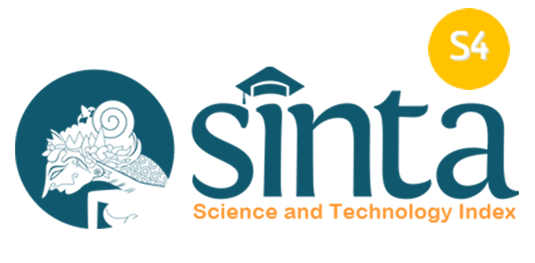Dampak Pembangunan Sirkuit Mandalika Terhadap Kesejahteraan Masyarakat (Studi Kasus Pedagang Asongan di Desa Kuta, Pujut, Lombok Tengah, Nusa Tenggara Barat)
DOI:
https://doi.org/10.59141/cerdika.v5i10.2932Keywords:
Mandalika Circuit, street vendors, stakeholders, Corporate Social Responsibility (CSR), community welfareAbstract
This study aims to analyze the impact of the Mandalika Circuit development on the social and economic conditions of street vendors in Kuta Village, Pujut District, Central Lombok, West Nusa Tenggara. A qualitative approach was used, using literature studies from various sources such as journals, research reports, media reports, and official documents. The results show that the construction of the Mandalika Circuit has had a positive impact in the form of increased economic opportunities during international events, but also presented challenges in the form of decreased daily income and limited business space for street vendors. The involvement of street vendors as stakeholders in the planning and implementation process of the development is still very minimal, resulting in inadequate accommodation for their needs. The Corporate Social Responsibility (CSR) program carried out by the developer through training, the formation of associations, and the provision of alternative business locations shows positive progress, but its implementation has not been evenly distributed and has not fully improved the welfare of street vendors. This study emphasizes the importance of a more inclusive and sustainable development approach so that the benefits of development can be felt by the entire local community.
Downloads
Published
How to Cite
Issue
Section
License
Copyright (c) 2025 Hardiansyah Hardiansyah, Annisya Fitriani

This work is licensed under a Creative Commons Attribution-ShareAlike 4.0 International License.








